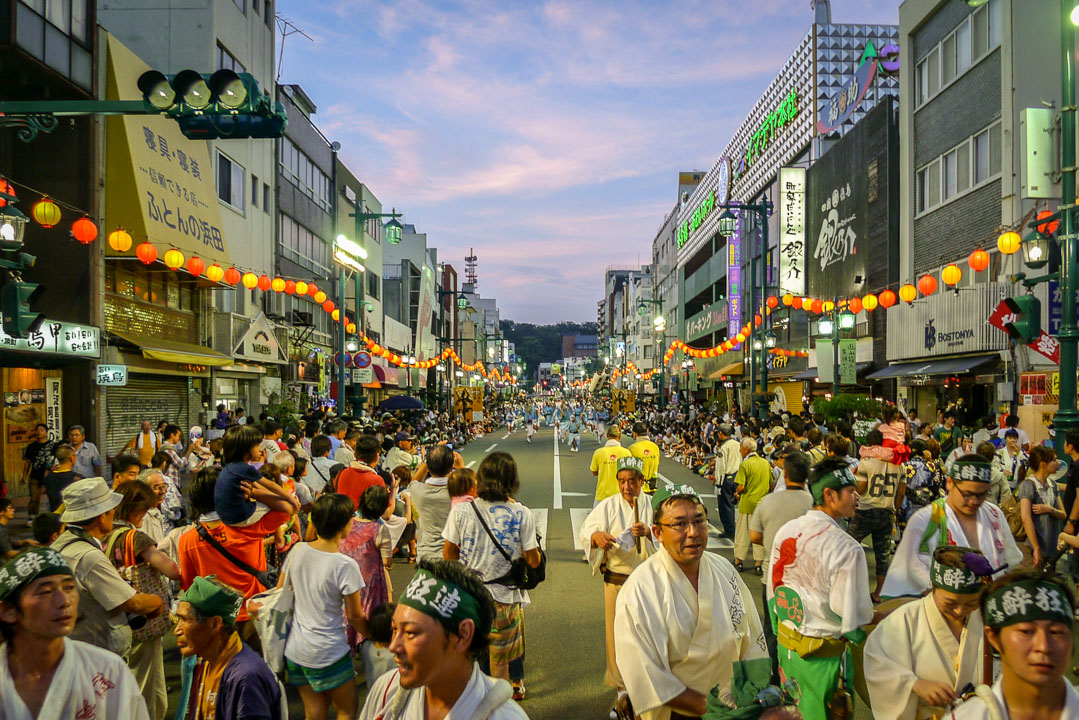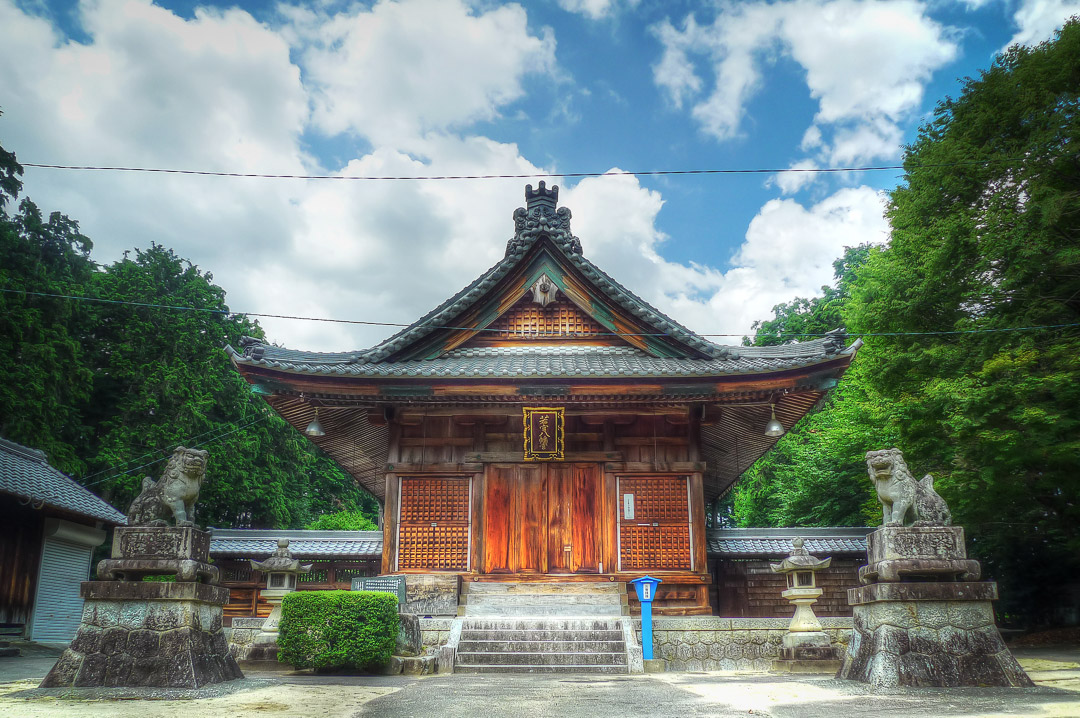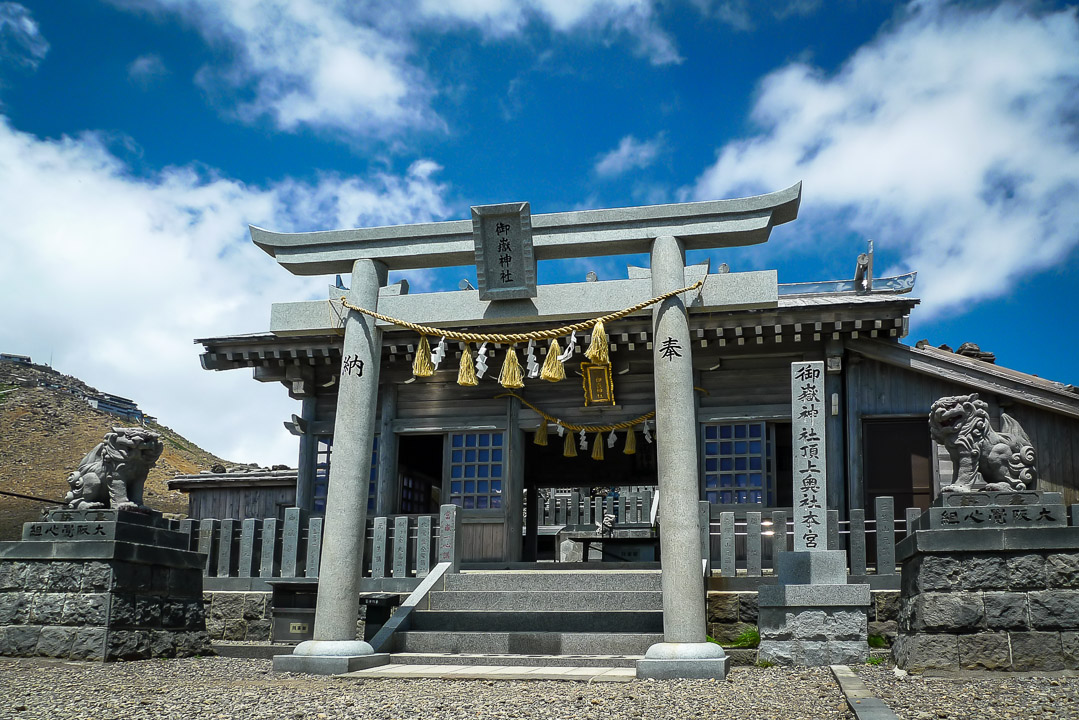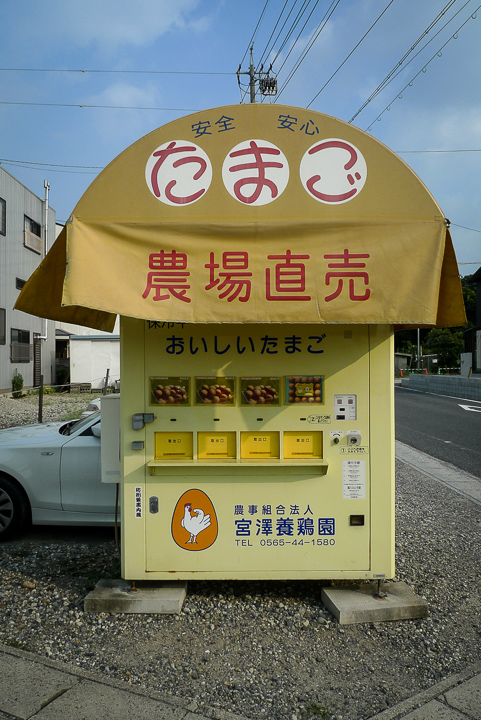Inside the Grand Sumo Tournament, Nagoya Honbasho
Share
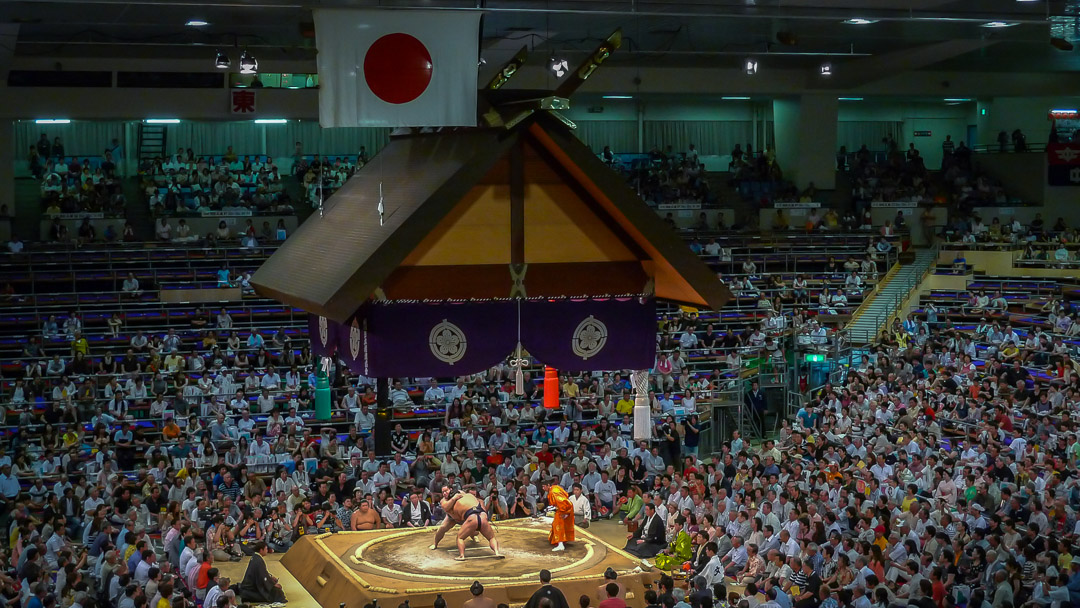
Attending a Grand Sumo Tournament 「Honbasho, 本場所」 in Japan is an amazing spectacle. The unique sport has ancient origins, and the ceremonies and rituals preceding and following each part of the tournament have many layers of hidden meaning.
All that history aside, sumo is hugely popular in Japan. Whilst wandering around the Aichi Prefectural Gymnasium 「Aichi Kentai, 愛知県体育館」 where this tournament is held, I passed many stalls with merchandise and spotted a cluster of fans waiting outside near the wrestlers entrance to get a glimpse of their favourite star.
Nagoya Grand Sumo Tournament
「Nagoya Honbasho, 名古屋本場所」

Panasonic DMC-LX3 (12.8mm, f/2.8, 1/100 sec, ISO400)
A sumo bout taking place at the Nagoya Sumo Honbasho at the Aichi Prefectural Gymnasium
Known simply as the Nagoya Basho, this is one of 6 official tournaments held each year. The Nagoya Basho is held in July, after the Tokyo Natsu Basho. At each of these tournaments the wrestlers can be promoted or demoted in rank. One tournament last for about 2 weeks and the goal is simple - be the wrestler who wins the most matches.
The Mongolian wrestler Harumafuji Kōhei 「日馬富士 公平」won the Nagoya Basho of this year, beating Hakuhō Shō 「白鵬 翔」 who is also Mongolian and was at the time the highest sumo rank of yokozuna 「横綱」.
I found it interesting that non-Japanese, like the two Mongolian wrestlers and the Estonian Baruto Kaito 「把瑠都 凱斗」 all have Japanese names written in kanji. After a bit of research it seems that by becoming a Japanese citizen, hence the name written in kanji, allowed for a somewhat easier entrance into a sumo “stable”.
The Aichi Prefectural Gymnasium is adjacent to Nagoya Castle.

